Some time ago I came across an ICO (distressed choir wails in the background as if welcoming lucifer to a dark cathedral) and said ICO was aiming to build a decentralised storage system. “Cool”, I thought, eager to experiment with a small amount of Ethereum on a diverse set of ICOs. I gave them some ETH… but before doing so I discovered that decentralised storage isn’t a new thing. Several projects have tried (and somewhat succeeded) in building dencentralised storage networks already; big examples being BitTorrent and IPFS being (neither offer in-band remuneration). In addition, cryptocurrency-supported examples include SiaCoin and StorJ – both of which have serious issues. After contributing to the Ubbey/Universal Labs ICO I decided to give Sia hosting a try… but that’s another story.
Ubbey’s 2000 Ethereum ICO was ultimately successful and I got some tokens. Shortly thereafter Ubbey allowed ICO participants to use some of their tokens to order their “Ubbey Box” at discounted rates. By this stage I had acquired additional Ubbey tokens at a fraction of the ICO price on decentralised exchanges (I love DEXs). Yesterday, the Ubbey box I ordered arrived. I only recently got a chance to play with it.
As with most boxes I don’t control, the Ubbey box has gone onto a DMZ network, which means it can’t access my home security cameras, storage machines, geyser controller, irrigation controllers… you get the idea.
First things first, unpacking :

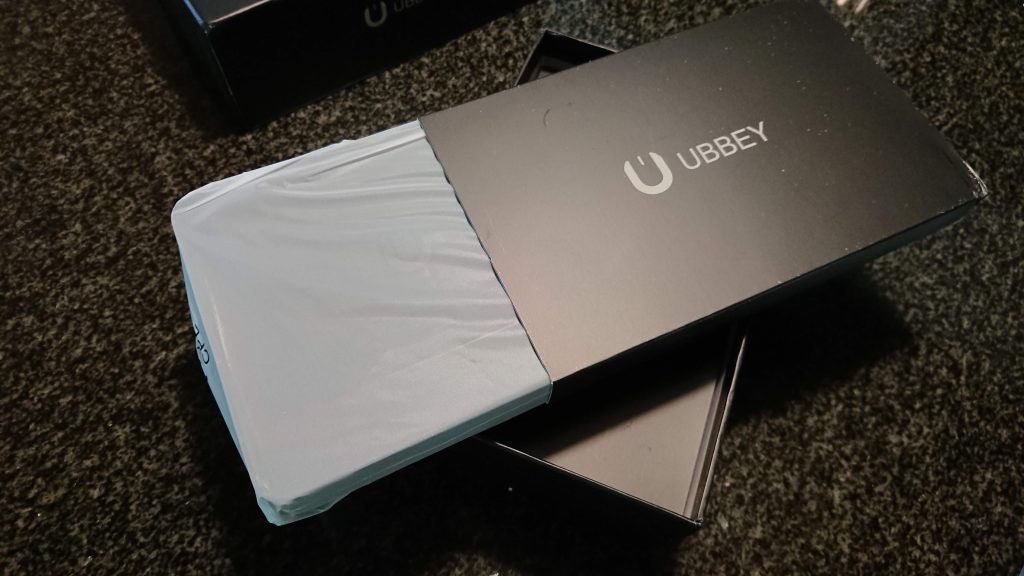
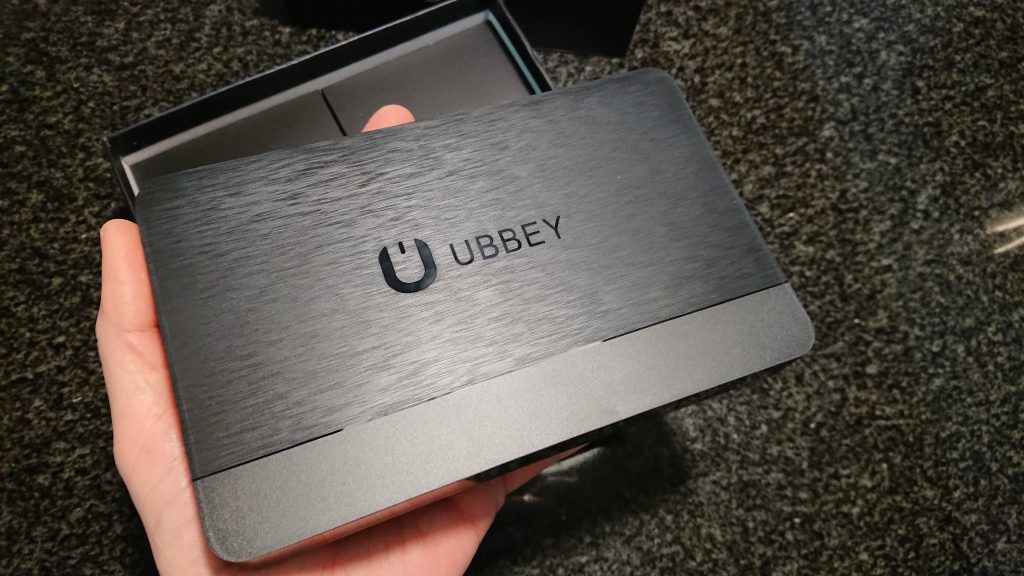
Very nice Ubbey… the packaging looks good, even after being bashed around by DHL.
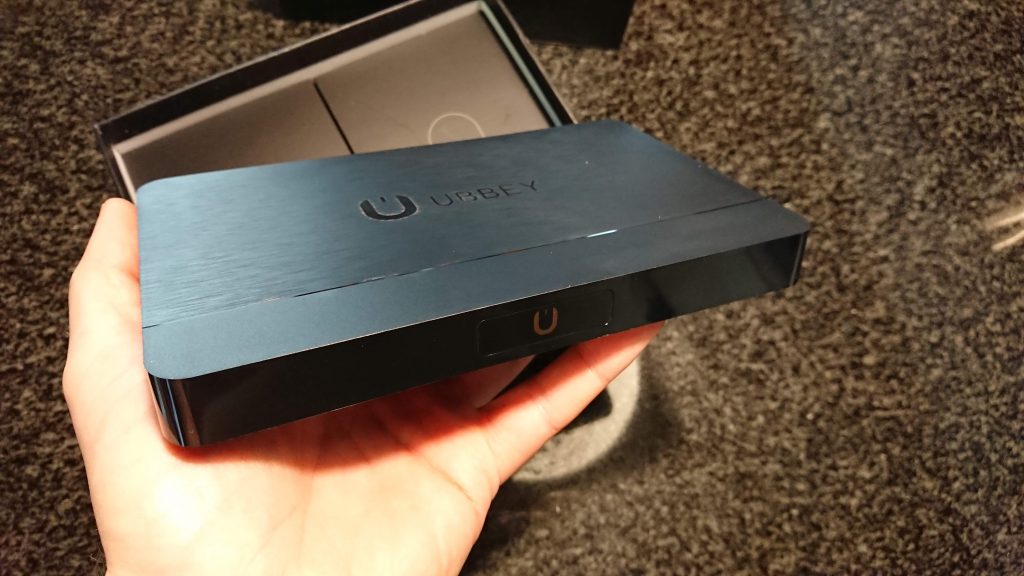
This box is very obviously a general purpose media player that’s been rebranded to fit Ubbey’s needs. There’s nothing wrong with that, it’s sensible. They inadvertently hint at it being a general purpose media box with their specs, which quote the device as having an ARM CPU in it with 2 GBs of RAM, a VERY common configuration for ARM dev boards from around 2 years ago. This is begging to be disassembled…
So, onto the DMZ it goes. I installed the Ubbey app from the Google Play Store and soon enough it found the box (through what looked like an IP scan of the local subnet). The scan was followed by a login prompt and then a firmware update (forced) :
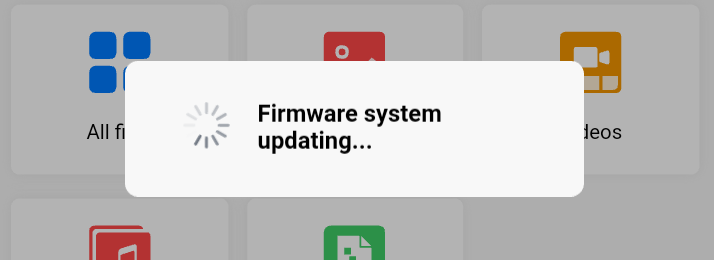
Unfortunately, it’s been about 2 hours now and it’s still updating…
While we wait for it to update, let’s see what’s inside :
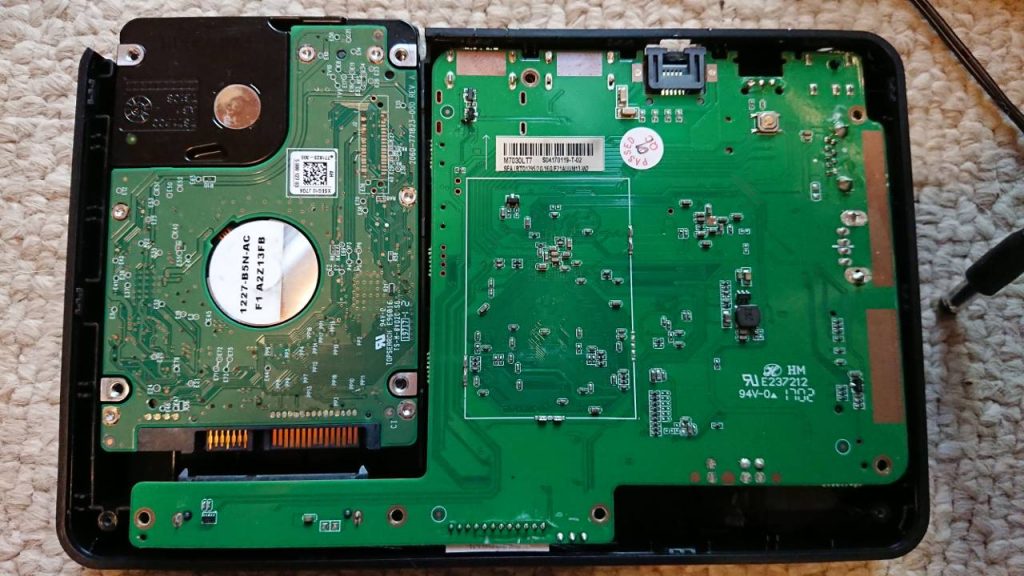
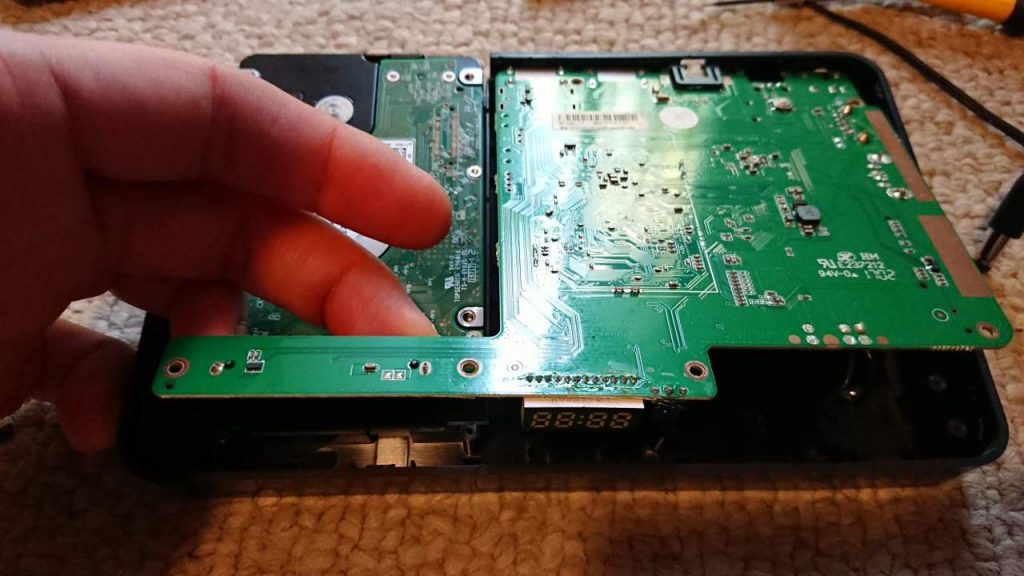
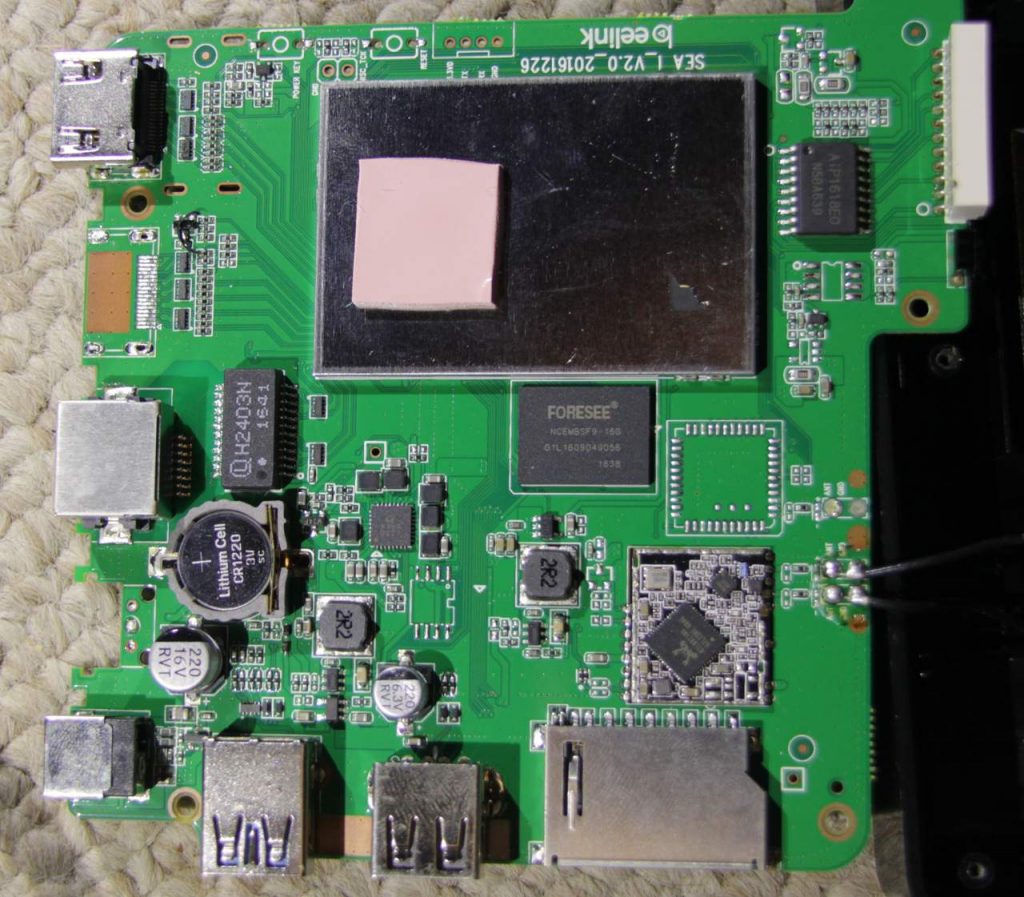
The top side of the main board of the Ubbey Box is -very- interesting. The device is equipped with a dual-chain/MIMO wifi module and the box has antennas for it installed. The top cover of the box has a large metal mass, which is squeezed against the top of that shielded cage/case with a thermal pad sandwiched inbetween. The board is clearly designed to have multiple display outputs with one set of traces unpopulated. The FORESEE module is probably flash “ROM” storage for the OS, which is OpenWRT. Also present are traces/holes for a TTL UART, an SD Card module and two USB ports (one of which appears to be USB 3).
It should be noted that the Ubbey Box runs an SSH daemon by default – attempts to log in to it using root/root, root/password, root/etc. proved fruitless.
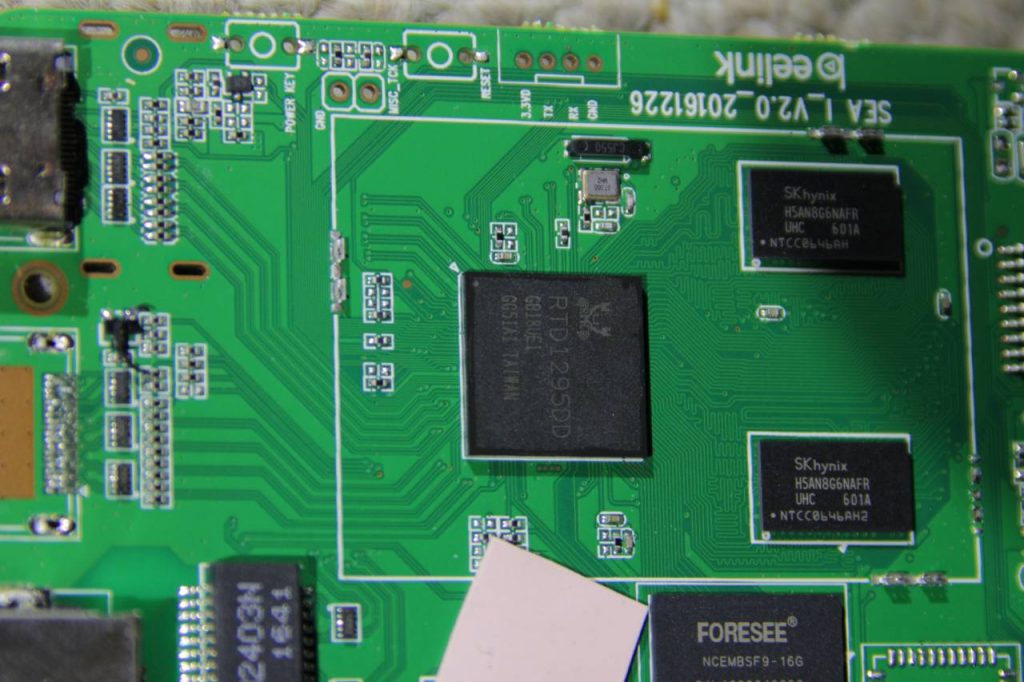
A quick Google search for SEA Beelink SEA I found me this Amazon page :

Wireshark packet sniffing indicates that the device spends a lot of time communicating with 47.100.119.151, which seems to reverse-resolve to api.yqtc.co. Visiting the server with https indicates that the server’s HTTP certificate expired in May… so I thought the client device may be less than strict with it’s certificate acceptance. Some DNAT rules on my router and mitmproxy later and I got this :


mitmproxy is very cool software. Unfortunately the Ubbey Box’s Go client, although permissive, isn’t that permission 😉
It would appear that the best way of gaining access to this device is via the TTL UART.
Update 22 September 2018 : Serial Debug Console
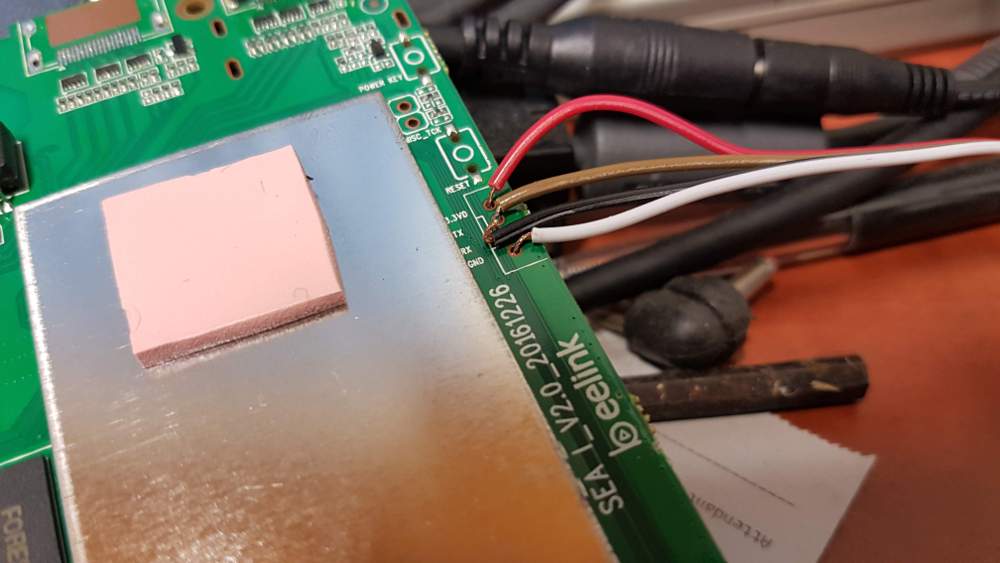


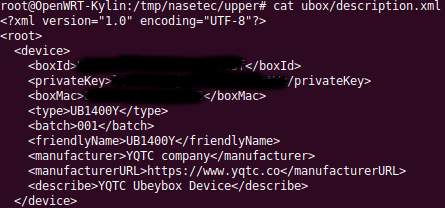
More to follow…